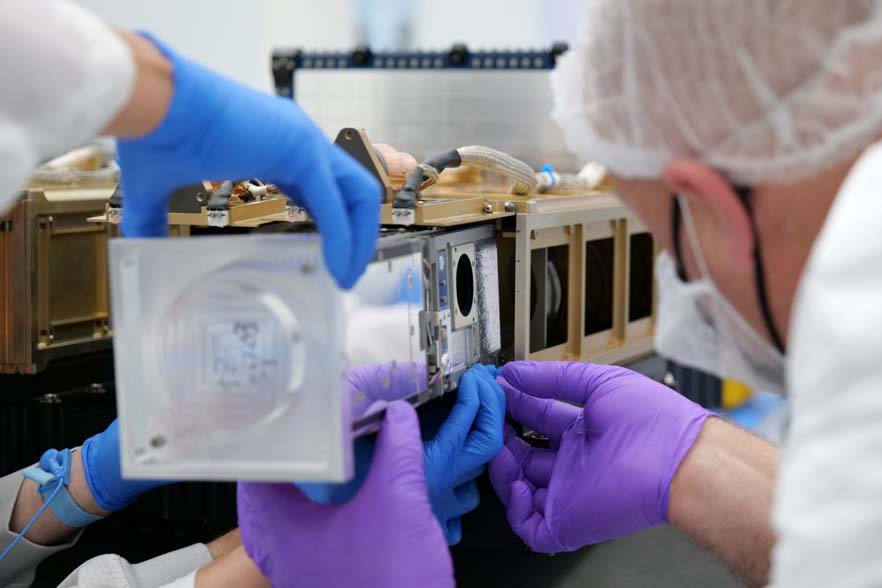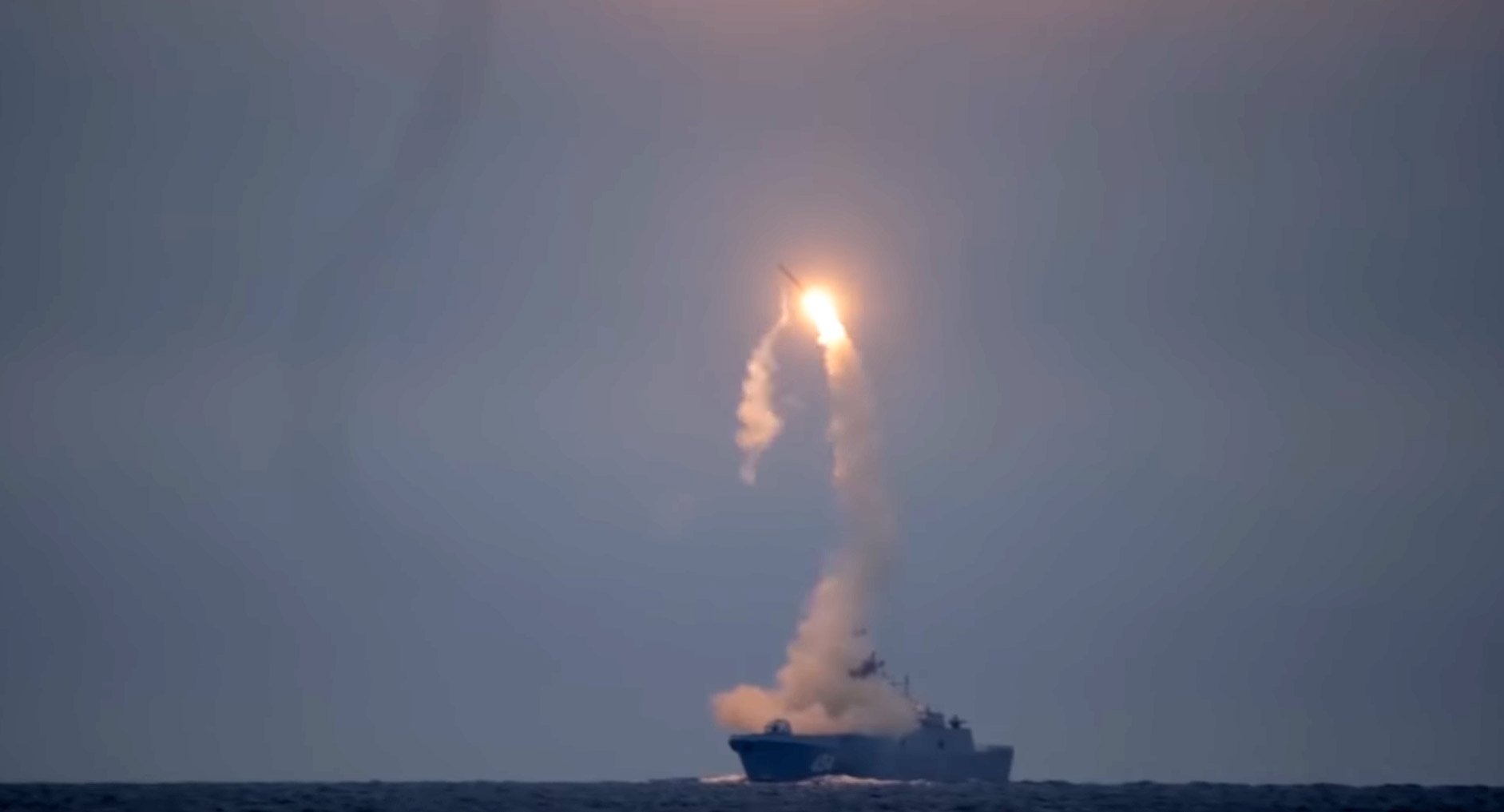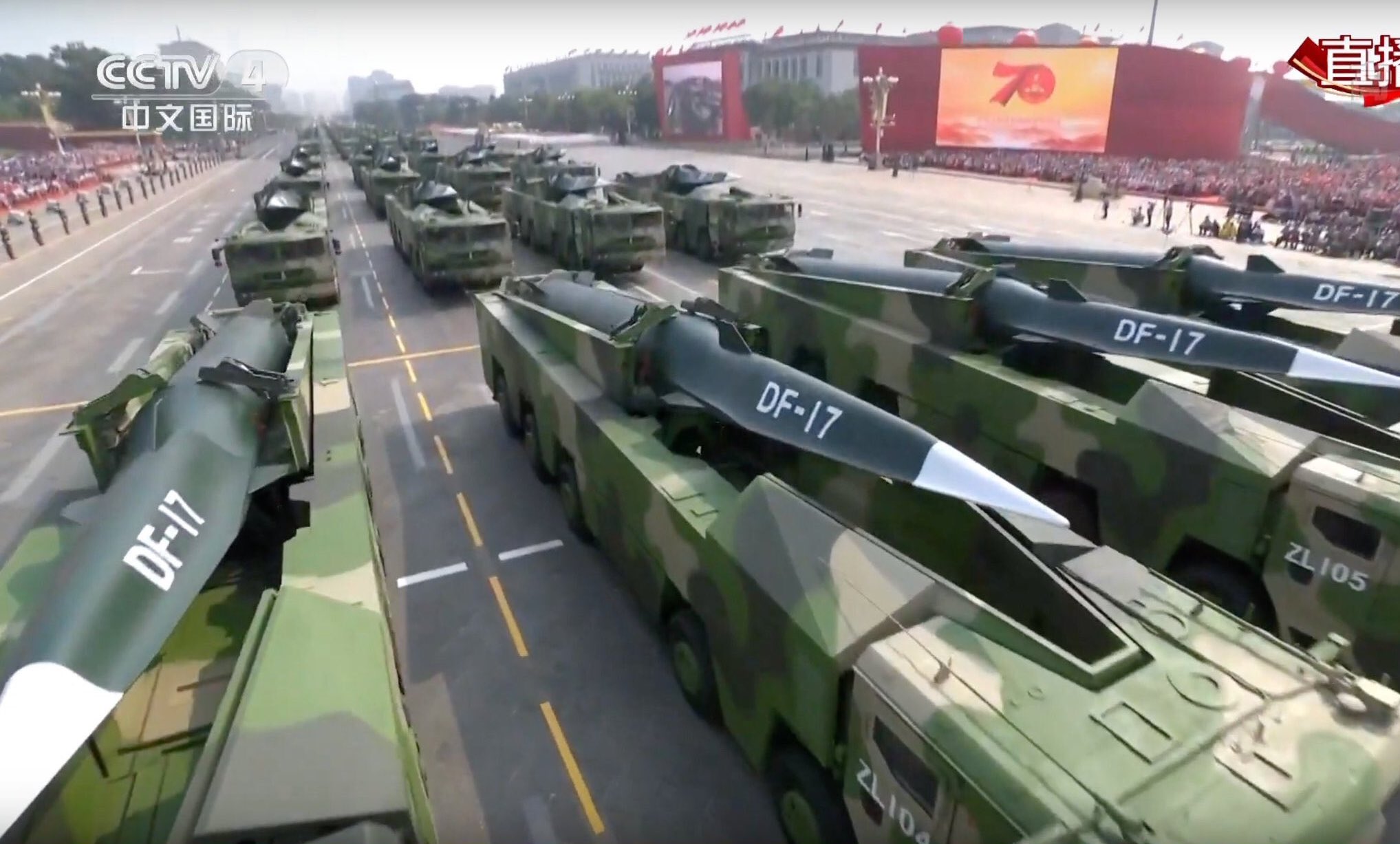The US is likely to deploy a new space-based missile defense system to counter ballistic and hypersonic missile threats. The move assumes significance as the US’ rivals — Russia and China — have made rapid strides in the hypersonic missile domain.
In order to enhance the missile defense, the US has launched two nanosatellites into low-earth orbit. A press release by the Department of Defence said two nanosatellites called Cubesats were launched from the Mojave Air and Space Port in California on June 30.
The project is part of the US Missile Defence Agency (MDA)’s Nanosat Testbed Initiative, which aims to test networked radio communications between nanosatellites while in orbit, through the use of small, low-cost satellites.
The two Cubesats will be in the orbit for 90 days although the mission can be extended to one year, if the Cubesats can operate properly, that is if they can navigate, receive and send signals to radios and networks.

“These satellites will test key technologies that mitigate risk for systems, such as the Hypersonic and Ballistic Tracking Space Sensor,” said Walt Chia, MDA Director for Space Sensors.
The MDA is developing its Hypersonic and Ballistic Tracking Space Sensor payload, which is expected to be deployed on satellites in low earth orbit. Once deployed, they will enable effective detection and tracking of hypersonic and ballistic missile threats, delivering critical data to the Missile Defence System.
The missile defense system will involve communication between interceptors, sensors, command and control systems, to identify, track and neutralize incoming enemy missiles, before they can hit their targets. According to Chai, “The Cubesats will allow the agency to demonstrate the capabilities quickly and affordably.”
What Are Cubesats?
The Cubesats are a class of nanosatellites and are built to standard dimensions, according to US space agency NASA. The standard dimensions (units or ‘U’) are of 10 cm X 10 cm X 10 cm, and they can be 1U, 2U, 3 U or 6 U in size, with a weight of less than 1.33 kg per U.

A Cubesat consists of a small onboard computer, a power management system, solar cell, a gas propulsion system, a communication system and sensors, according to Interesting Engineering. The layout and features in the Cubesats depend on their intended use.
A majority of the Cubesats are manufactured as commercial off-the-shelf products. According to Eric Cole, the Nano Testbed Initiative project lead for MDA, “The ability to leverage the rapid advances in commercial Cubesat technology, as well as the growing base of commercial small launch providers, enables a unique testing capability never before available.”

The engineering and development of Cubesats are cheaper than the more highly customized small satellites. The Cubesats are mostly specialized for missions, and their commercial applications can vary from communication, remote sensing to environmental applications.
Anti-Hypersonic Missile System
Leonor Tomero, Deputy Assistant Secretary of Defence for Nuclear and Missile Defence Policy, said that the Pentagon will review the missile defense policies, strategies, and capabilities of the country to ensure an integrated deterrence, Naval News reported.
The Department of Defense has recently initiated the development of the Next Generation Interceptor, to enhance the reliability and capability of the missile defense system of the US.
“The department will continue to ensure that we bring a more integrated approach to air and missile defense to address various types of ballistic missile threats and enable defense against cruise missiles and unmanned aerial systems,” said Tomero.
Russian Hypersonic Missiles
Russia seems to have made rapid strides in the research and development of hypersonic missiles, leaving its arch-rival, the US, far behind. President Vladimir Putin has identified developing hypersonic missile systems as a top priority.
#VIDEO #EXCLUSIVE #RusMoD issues unique footage of launching #Avangard missile from the Dombarovsky region https://t.co/vv4BmXZZKO #Trials #Missiles pic.twitter.com/E9oP3CprZI
— Минобороны России (@mod_russia) December 26, 2018
Russia has at present two main hypersonic missiles — the Avangard and the Kinzhal. The Avangard is a nuclear-capable missile, which can fly 20 times faster than the speed of sound. It has a ‘glide system’ which provides it greater maneuverability.
The Russian President had asserted that it can penetrate current and future defense systems, and noted that “not a single country possesses hypersonic weapons, let alone continental-range hypersonic weapons”.
The Kinzhal, meaning ‘dagger’ in English, is a nuclear-capable air-launched ballistic missile, and before being inducted into the Russian military, it was tested with the MiG-31 fighter jet.

In October 2020, Russia successfully tested its Zircon Hypersonic cruise missile, which was hailed by the Russian President as a “big event” for the country. The Zircon can be launched from submarine, surface ship, and is also expected to be launched from land-based platforms.
The Zircon can fly at speeds of up to Mach 6 and at a low atmospheric-ballistic trajectory, enabling it to penetrate anti-missile defense systems, according to Military.com. The high speed of the missile reportedly makes the air pressure in front of the weapon form a plasma cloud, which absorbs radio waves, making the Zircon invisible on the radar.
The US missile interceptor systems such as the Aegis need about 8-10 seconds of reaction time to intercept an incoming missile. However, in 8-10 seconds, the Zircon can travel a distance of 20 km. Thus, in order to intercept the Russian Zircon, the US would require some advanced technology.
China’s HGV
The Dongfeng-17 is a medium-range ballistic missile that was unveiled at China’s 70th-anniversary military parade in 2019. The DF-17 is mounted on a DF-ZF hypersonic glide vehicle (HGV) and has a range of up to 2,500 km, reported The National Interest.
The US intelligence sources had noted the remarkable accuracy of the DF-17, stating that it can land “within meters” of intended targets. The DF-17 puts China in an elite league of nations, headed by Russia to have hypersonic missiles.

The US is lagging behind China and Russia in developing similar capabilities. Michael Griffin, Under Secretary of Defence for Research and Engineering, had earlier noted, “The US does not have systems which can hold China and Russia, at risk in a corresponding manner, and we don’t have defenses against their systems”.
China is also developing a wind tunnel, which may put the country “decades ahead of the rest of the world in hypersonic technology”, The EurAsian Times had reported. China will soon start the operations of its JF-22 wind tunnel, which has the capability of simulating flights at Mach 30 or 30 times greater than the speed of sound.
The JF-22 employs a “unique technology” of chemical explosions to create hypersonic conditions, unlike other countries which use mechanical compressors to generate high-speed airflow.




